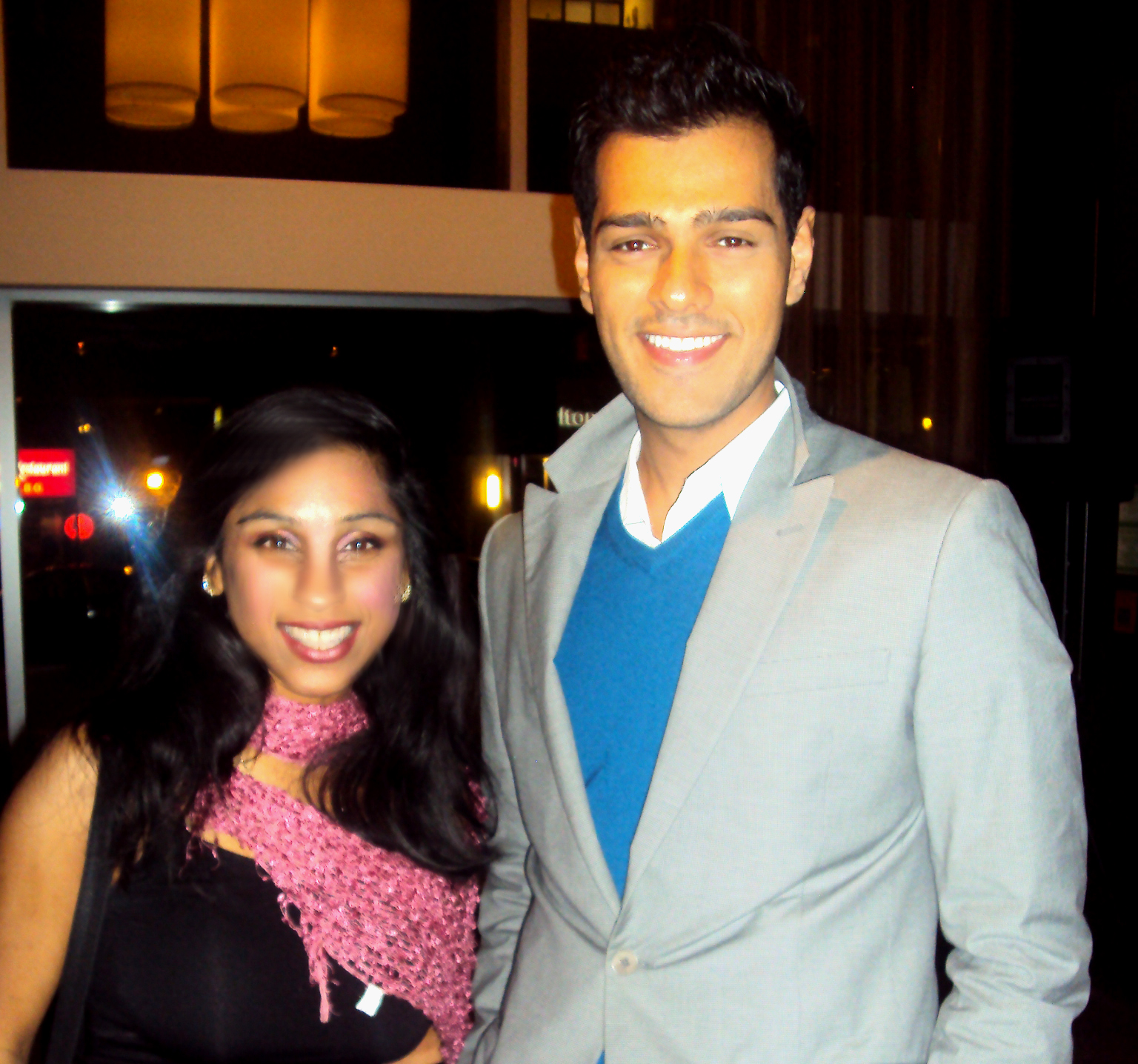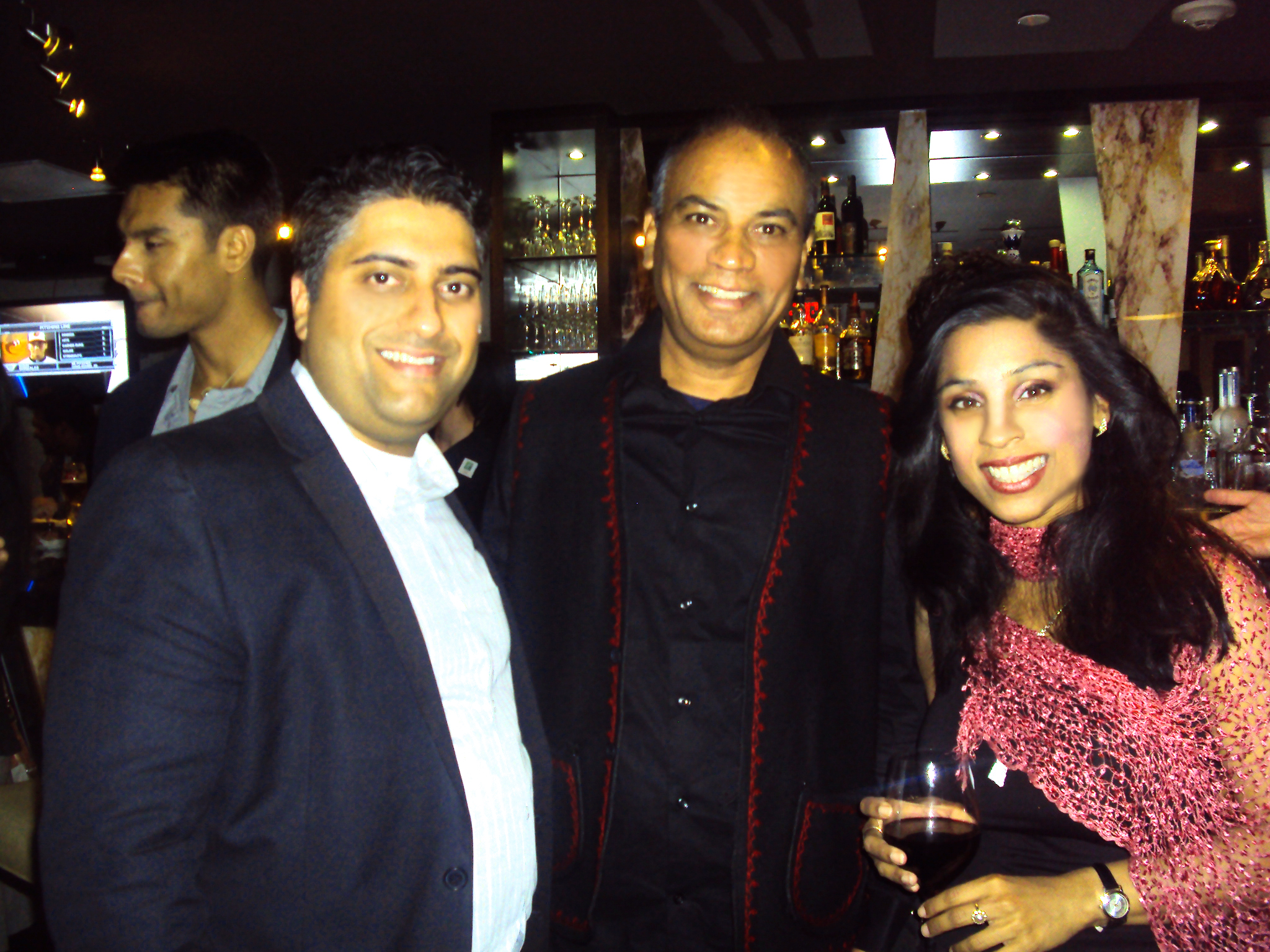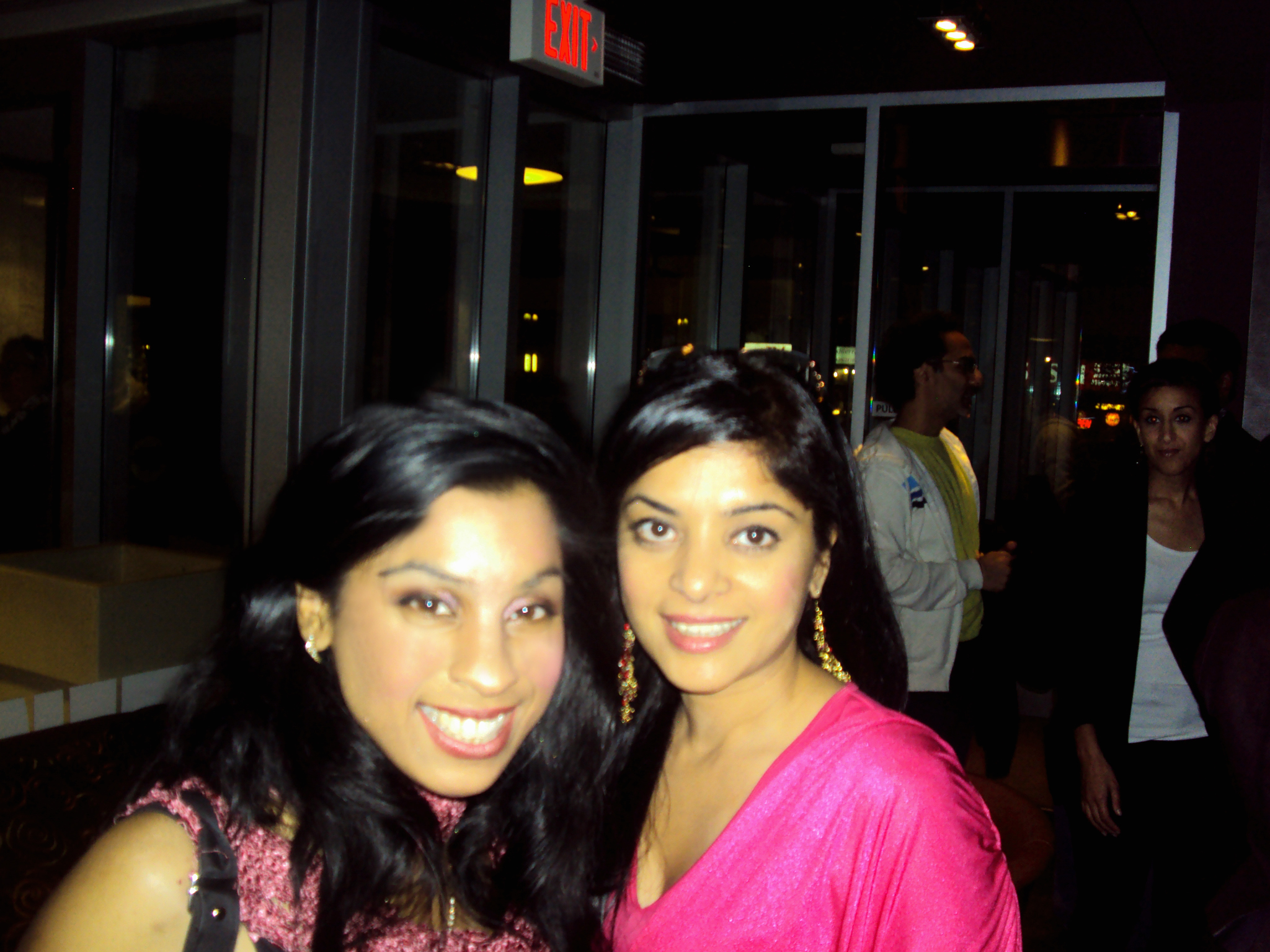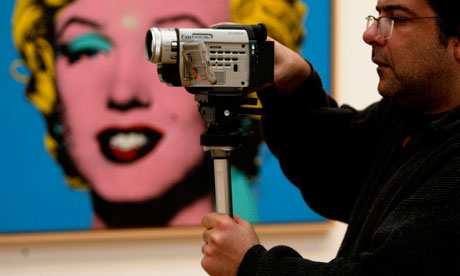
Dear Celebrity Culture Readers,
Last week, I had the pleasure of being at the 13th Annual FILMI industrial party and film festival in Toronto. FILMI supports independent as well as mainstream film talent within and beyond standard frameworks of the entertainment industry. Questions on fame kept coming up in many conversations and industrial panel talks with friends and associates (below). There is no one single meaning of popular recognition, just like there is no one single kind of talent. Unique qualities of talent, however, play a key role in connecting with viewers and creating recognition. Executive Producer Dinesh Sachdev encourages to “make films” – a social practice that can shape and represent particular kinds of talent. Actor Vipin Sharma adds “follow your heart,” “take risks,” and “stick to your guns.” He started his film acting career with “Like Stars on Earth” and has been shining as a star on his own path.
13th Annual FILMI Industrial Party and Film Festival – Samita Nandy (Celebrity Cultural Critic) with Gabriel Grey (Actor) at the top; Dinesh Sachdev (Executive Producer) & Vipin Sharma (Actor) in the centre; Anu Vittal (Artist) below
In my last post, I offered a wide range of scholarly references in studies and practices of fame. While fame-based practices are increasingly accepted and admired across the globe, there is a limited understanding of public personalities, how they become associated with different kinds of fame, and what does it mean to them. Are they “powerless elites,” as Francesco Alberoni would say?
For me, fame can be defined as a set of practices and processes that distinguish public personalities as stars or celebrities in particular social and cultural contexts. Here, I use the terms ‘star’ and ‘celebrity’ interchangeably as their contemporary constructions are not specific to media. For Chris Rojek (2001), fame can be defined in four different ways. These are ascribed (legendary), achieved (meritocratic), attributed (based on concentration of media attention), and renown (popular recognition in closed social networks).
Richard Dyer (1998) looks at how stars originated from films. He looks at the origin from sociological and semiotic approaches. The sociological approach considers stars as a social phenomenon and symptomatic of the industrial organization of films. The approach stresses that films are significant because they have stars. The semiotic approach emphasizes the reverse: stars are significant because they appear in films. Here, stars are culturally constructed and are represented in ways that films signify them. Both the sociological and semiotic views are interdependent – they are mutually beneficial in understanding the star. From these two points of view, it can be argued that stars do not exist outside of film or any media text. Here text, visual or literary, refers to a cultural system of signs. When these texts become ”social facts,” semiotics must draw on sociological assumptions to analyze and understand them (Dyer, 1998, p. 1).
Drawing on Richard Dyer’s work, I define the celebrity as a media text that is constructed by technologies. Without this media construction, a celebrity does not exist. Chris Rojek supports that media representation is ”the key principle in constructing and consuming the celebrity” (2001, p. 13). Celebrities are represented in the form of media products such as visual and written texts. Texts constituting the celebrity can be visual or literary media artefacts such as television interviews, film stills, paparazzi photos, and articles or gossip columns in magazines and newspapers. These texts represent and construct the celebrity with the help of signs such as red carpets, awards, luxurious garments, close-ups in security-guarded places, and caught-unaware stills in public and private settings. The signs in celebrity texts represent dominant cultural meanings of society.
Graeme Turner amplifies Rojek’s argument and Richard Dyer’s notion of the ‘star text,’ arguing that the celebrity is not only a ”media process that is coordinated by an industry” but is also a ”commodity or text which is productively consumed by audiences and fans” (2004, p. 20). To this end, the media text of a celebrity can be defined as a complex interplay between media institutions and audiences.
In my Doctoral work, I have largely focused on the celebrity as a textual representation, discursive effect, and industrial production. Indeed, art and talent are reproduced within various social discourses that can be accepted, negotiated, or subverted. The question that remains is what is the magical element that creates desire and appeal of these re-presentations? In what ways are these re-presentations celebrating self? The politics and aesthetics of fame may carry a spiritual message that is unknown to many, but imperative for all to shine as a star on their own path.
My forthcoming posts will explore the above inspirational message through various practices and processes of fame in popular culture. My boards at http://pinterest.com/samitanandy/ have selected visual expressions on how fame is constructed by media. The critic inside you may have questions or negotiated understandings of dominant expressions of fame.
Your views are significant for fellow readers and artists – please feel free to share in the commenta area below.
Thank you for stopping by!
Wish you a wonderful start to October and stay in touch through your writing and art!
With much affection,
Samita Nandy













Recent Comments